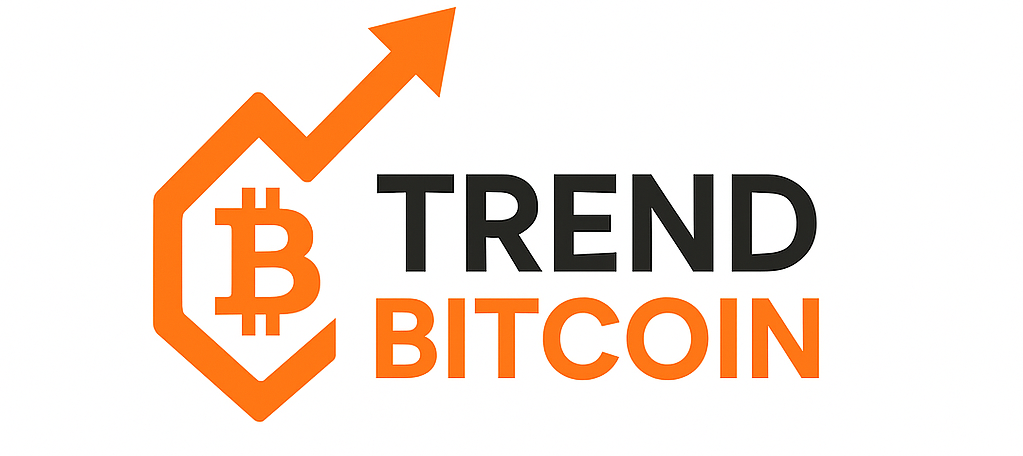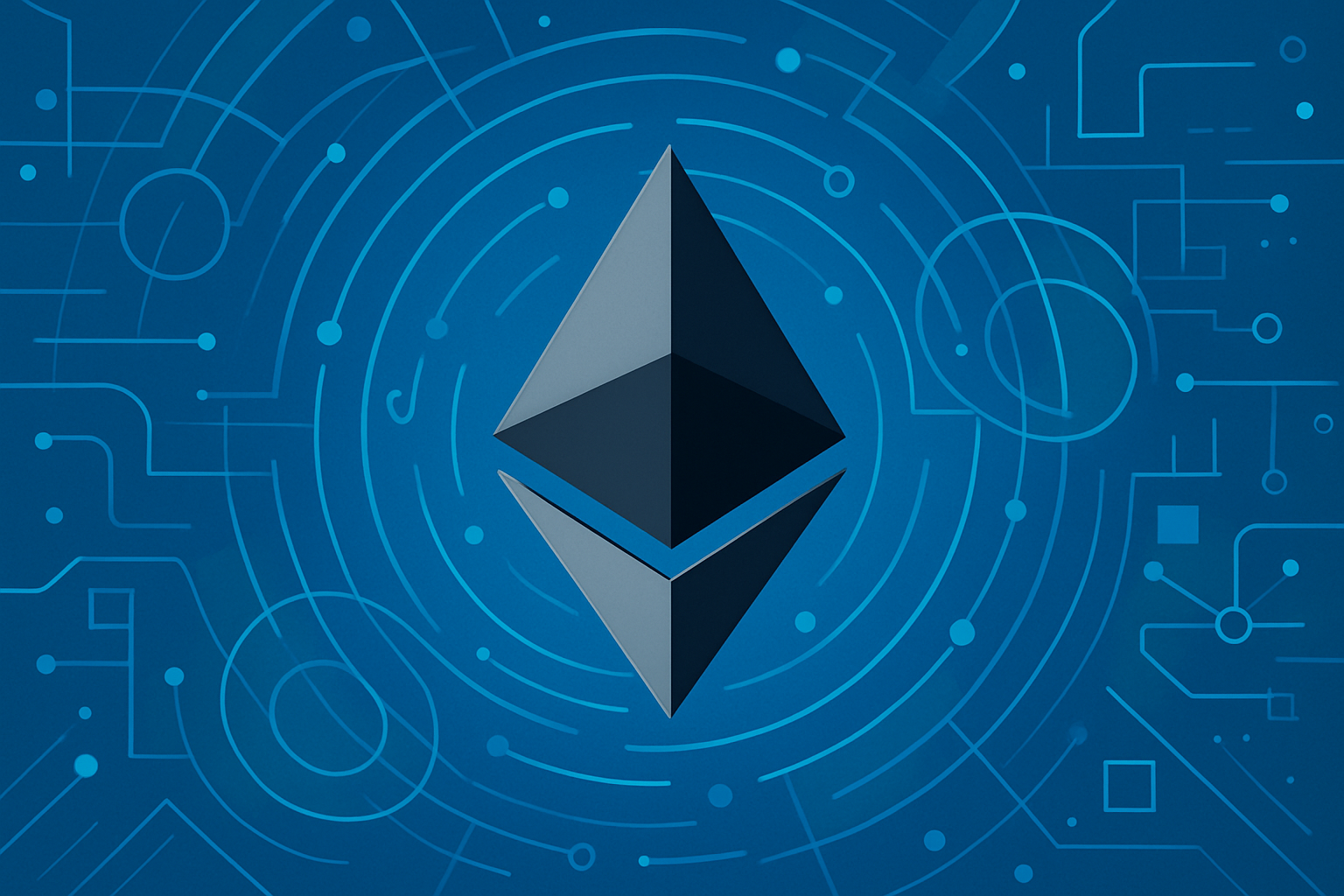Introduction: A New Era for Ethereum
Ethereum, the leading smart contract platform, has undergone many upgrades in its lifetime, but the Dencun Upgrade marks a particularly pivotal moment. Officially activated in March 2024, Dencun (a combination of “Deneb” and “Cancun” upgrades) introduces technical changes aimed at solving one of Ethereum’s most persistent problems: high gas fees.
Alongside this, Dencun significantly impacts Layer 2 ecosystems like Arbitrum, Optimism, Base, and others. If you’re an investor, developer, or crypto enthusiast, understanding this upgrade isn’t optional—it’s essential.
Let’s break down what Dencun changes, why it matters, and what it signals for the future of Ethereum and the broader crypto economy.
What Is the Dencun Upgrade?
Dencun combines two critical upgrades:
- Deneb (focused on the Ethereum consensus layer)
- Cancun (focused on the Ethereum execution layer)
The most headline-worthy feature? Proto-danksharding (EIP-4844). While it sounds complicated, it’s actually very practical: it introduces “blobs” that allow Ethereum to store transaction data more efficiently and cheaply, especially for Layer 2 rollups.
Key Components of Dencun:
- EIP-4844 (Proto-danksharding): Reduces the cost of Layer 2 transactions dramatically.
- Blobs: New data structures that are cheaper to process than normal calldata.
- Consensus and execution optimizations: Make Ethereum more efficient and robust.
Bottom Line: Dencun doesn’t fully “shard” Ethereum yet, but it brings Ethereum one step closer to mass adoption by cutting transaction costs.
How Dencun Changes Gas Fees
Before Dencun, Ethereum gas fees had two major issues:
- High base fees on Layer 1 (L1), pricing out casual users.
- Rollups still relatively expensive, because they posted all their data to L1 in a costly way.
After Dencun:
- Rollups (Layer 2s) can use blobs to post data at a much cheaper rate.
- Result: Users on Optimism, Arbitrum, zkSync, Base, and others are now paying significantly lower fees.
Real Examples Post-Dencun:
- Base Network fees dropped over 90%.
- Optimism and Arbitrum reported similar sharp declines.
- Bridging assets and using DeFi apps on Layer 2 are now affordable for small retail users.
Important: While mainnet gas fees haven’t fallen dramatically for L1 transactions, the experience for most users (who use Layer 2s) has improved massively.
Why Does This Matter for Adoption?
- Cheaper fees = more users.
- More users = more apps, businesses, and innovation.
- Cheaper Layer 2s = Ethereum can scale without centralizing.
Ethereum is finally reaching a point where using decentralized apps (dApps) isn’t prohibitively expensive—a major step for mainstream adoption.
Impact on Layer 2 Ecosystems
The Dencun upgrade is a massive tailwind for Layer 2s. Here’s how:
1. Hyper Growth in Transaction Volumes
- With cheaper fees, rollups are seeing explosive growth in transaction counts.
- Apps that were not economically viable before (like micro-payments, small DeFi trades) are now feasible.
2. Layer 2 Wars Intensify
- Rollups are now competing more aggressively for users.
- Projects like Arbitrum, Optimism, Base, zkSync, and Scroll are all innovating to capture market share.
- Incentive programs, airdrops, and liquidity mining have ramped up post-Dencun.
3. Migration of dApps
- Some developers are launching exclusively on Layer 2 instead of Ethereum L1.
- DeFi protocols, NFT marketplaces, and gaming apps are increasingly Layer 2-native.
4. New Business Models
- Micropayments, on-chain gaming, subscription services—business models that were gas-fee prohibitive on Ethereum L1—are finally realistic.
Challenges and Risks After Dencun
It’s not all smooth sailing. There are challenges to watch:
1. Blob Space Is Limited
- Only a limited number of blobs are allowed per block.
- If Layer 2 demand explodes, blob space could become congested, making fees rise again temporarily.
2. Rollup Centralization Risks
- Most rollups still have centralized sequencers.
- Solutions like “decentralized sequencing” are in the works, but not here yet.
3. Security and Audit Pressures
- As rollup usage surges, smart contract bugs, hacks, or exploits could occur.
4. Market Fragmentation
- Too many Layer 2 choices could create friction for users who don’t know where to go.
What It Means for Crypto Investors
If you’re an investor, Dencun changes your game plan:
1. Layer 2 Tokens Are Gaining Strategic Importance
Projects like Optimism (OP token), Arbitrum (ARB token), and zkSync’s potential token are becoming increasingly critical pieces of the Ethereum ecosystem.
2. DeFi Revival on Layer 2
Cheaper fees = more trading volume = more protocol fees = potentially higher token valuations.
3. Focus on Ecosystem Plays
- Base-related apps
- New DeFi projects born on zkSync, Scroll, and others
- Infrastructure providers for Layer 2
4. Macro Tailwinds for Ethereum
- Lower fees mean higher total value locked (TVL), higher user numbers, and better narratives for ETH.
Pro Tip: Watch for “hidden gems” building infrastructure around Layer 2 rollups. Early stage projects may have asymmetric upside.
Conclusion: Dencun Is a Turning Point
Ethereum’s Dencun upgrade may not have grabbed mainstream headlines like Bitcoin ETFs or bull market memes, but make no mistake: it’s one of the most important upgrades in crypto history.
By making Layer 2 solutions much cheaper and more efficient, Dencun isn’t just “tweaking gas fees”—it’s redefining the usability, scalability, and long-term viability of Ethereum.
If Ethereum’s vision is a global, decentralized settlement layer, Dencun brings that vision a lot closer to reality.
Smart investors, developers, and users are paying attention.
If you found this article helpful, consider sharing it or subscribing to our newsletter for weekly crypto insights!







